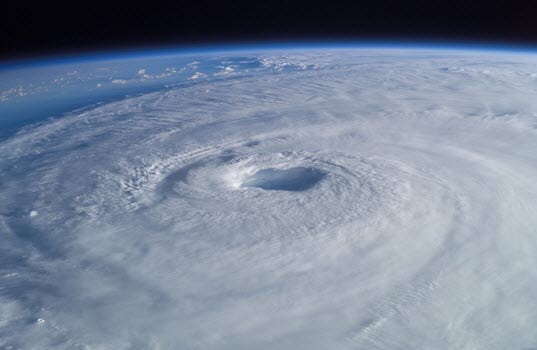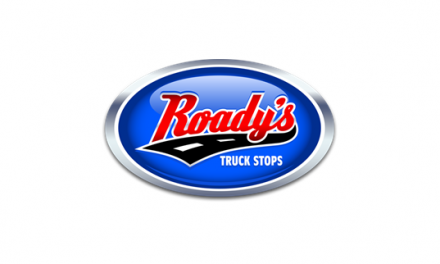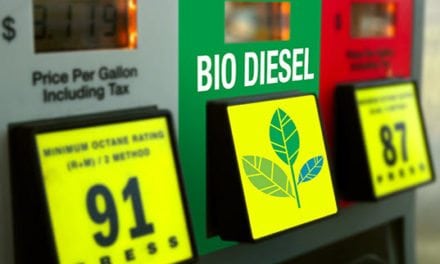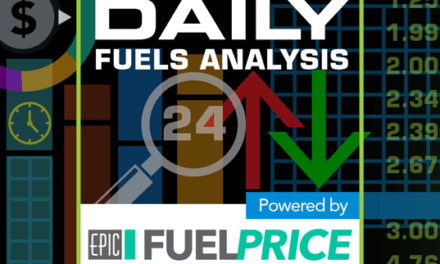Hurricane Harvey wreaked havoc on the Texas Gulf Coast, and price gouging is in the news again as a result. The Fort Worth Star-Telegram reported that a local TV crew found hotel rates doubling or tripling compared to the pre-storm rates. There were $99 cases of bottled water and reports of gasoline at $10 per gallon. The Star-Telegram article quoted that more than 500 complaints of price gouging have been lodged with the Texas attorney general’s office.
Accusations of price gouging are not new to the fuels industry. Gasoline prices went from being low and fairly stable during the 1990s to increasingly volatile and high during the early 2000s. Virtually any real or potential disruption—a pipeline break, refinery fire, instability in the Middle East or a natural disaster—would lead to an immediate and often dramatic increase in prices.
High prices, particularly related to gasoline, tend to be an extraordinarily emotional issue given our country’s fixation and dependence on the automobile. Couple that with the trauma of a natural disaster, and you get a public outcry for “justice” with any perception of retailers taking advantage of the situation. Politicians—from mayors to congressmen to attorneys general—find this outcry to be irresistible.
Over the years, there have been numerous price gouging investigations from the local to federal level, although that has dropped off significantly in more recent times. There are several reasons for that, including industry associations (from the American Petroleum Institute [API] down to smaller organizations) conducting public education efforts, and post-fracking and commodities reforms that have lowered prices and reduced volatility. Even an event as disruptive as Hurricane Harvey is having a relatively muted effect—so far—on fuel prices compared to previous events like Hurricane Katrina.
When investigations were conducted, those at the federal level almost uniformly determined that little price gouging occurred and pricing was largely related to the dynamics of disrupted markets and increased supply costs. At the local level, such investigations have often taken the form of witch hunts where some degree of public justice is required regardless of the facts. A typical pattern involves casting a wide net and charging numerous businesses, often with a fine that is so low that only an extraordinarily stubborn retailer would refuse the settlement.
Is Price Gouging Actually Possible?
The philosophical question, and most certainly not the legal one in those states with price gouging laws on the book, is whether or not price gouging is actually real. In a competitive free market system, the price of the good is determined in part by scarcity and is set by what the customer is willing to pay. While the goal of price gouging laws is always stated as being to protect consumers, these emotionally satisfying laws hurt consumers in many ways.
Disaster situations trigger a hoarding response among the impacted population. Store shelves empty rapidly, as do underground retail fuel storage tanks. Because of the disruption of the supply infrastructure, once those shelves or tanks are empty, it may take weeks for them to be restocked.
People who might have enough gasoline in their vehicles to ride out a disruption will often “top off the tank,” and in many cases fill a range of containers with as much gasoline as they can manage, “just in case.” As long as the fuel and other supplies are priced cheaply, that behavior is encouraged.
Gallons of fuel are taken out of the marketplace that might not actually be used until after a crisis is over. With a common range of 300 miles on a tank of gas, most people could drive to a safer and more comfortable place on half of a tank. They could certainly drive to locations where supply and pricing are not impacted. For those sitting it out at home, there’s probably not a lot of commuting or other travel taking place.
Now, take the $10-per-gallon gasoline noted earlier. At this price point, hoarding behaviors will likely be stunted. Underground storage tanks (UST) that would rapidly empty out in the earliest stages of the crisis could have fuel on hand (as long as the pumps are working, at least) for those individuals that got caught significantly short. Three gallons of gasoline might get a person 60 – 90 miles out of the danger zone for a total of $30. That’s one heck of a deal compared to being stuck in the devastation because no gasoline could be found.
While this is entirely logical, it is not emotionally satisfying. Tim Worstall, Senior Fellow at the Adam Smith Institute, made this point about gouging laws and Hurricane Harvey in a recent Forbes article. He expanded the idea to include the thought that it prevents the government from stepping in and setting up a range of direct controls over pricing, as well as encouraging a more rapid reintroduction of product supplies into the market. This fairly common economic viewpoint was so shockingly politically incorrect for Forbes that it pulled the article shortly after publication.
Play by the Rules
Raising prices during any kind of natural disaster will tend to see a retailer considered guilty until proven innocent in the realm of public opinion. Customers, the media and politicians (especially politically astute attorneys general) will not be bending over backward to give the benefit of the doubt.
A number of states, including Texas, have laws against price gouging based on a range of criteria—sometimes specific and sometimes opaque. For example, Texas Attorney General Ken Paxton’s office noted, “Although state law prohibits vendors from illegally raising prices to reap exorbitant profits during a disaster, it does allow retailers to pass along wholesale price increases to customers. Thus, in some cases, increased prices may not necessarily signal illegal price gouging.”
You could make a lot of assumptions from the above statement when determining a street price during a disaster. Perhaps those assumptions are correct, and perhaps the attorney general’s office has a different viewpoint about the meaning of “…pass along wholesale price increases to customers…” than your interpretation (or even industry norms).
Given the potential liabilities from monetary fines (between $20,000 and $250,000 in Texas) and the damage to an established retail brand, it’s best to consult qualified legal advice and the attorney general’s office on the specific parameters to abide by before a disaster strikes.
Ironically, it’s not as if fuel retailers are immune to the impacts of a disaster situation any more than their customers. A fuel retailer in this situation likely faces uncertain fuel supply, perhaps significant losses in revenue and often significant increases in costs associated with being in a disaster zone. Insurance, while extraordinarily valuable, does have its limitations, and suppliers, lenders and creditors are not typically going to be facing a price gouging investigation if they require existing commitments to be paid.









